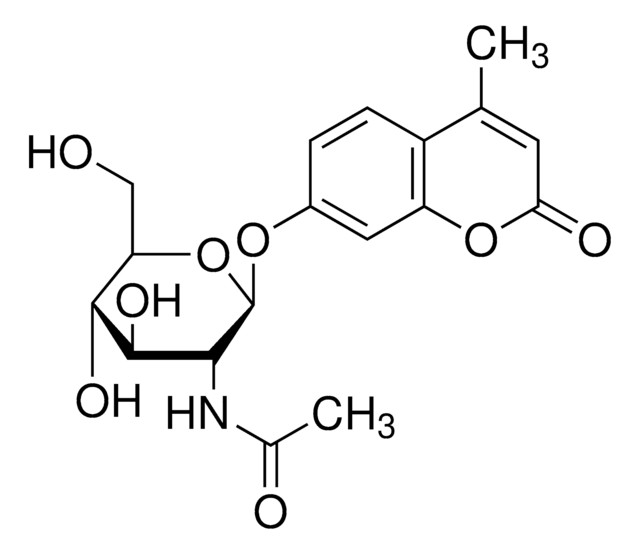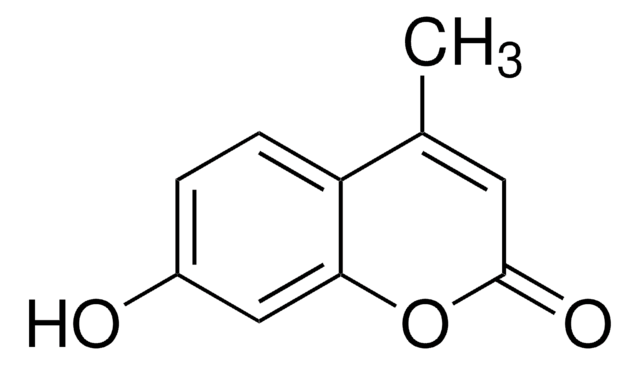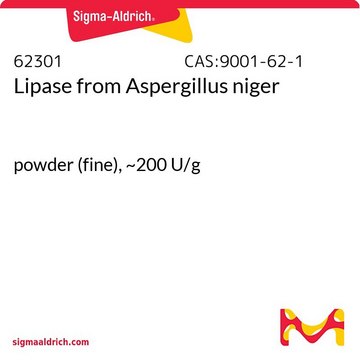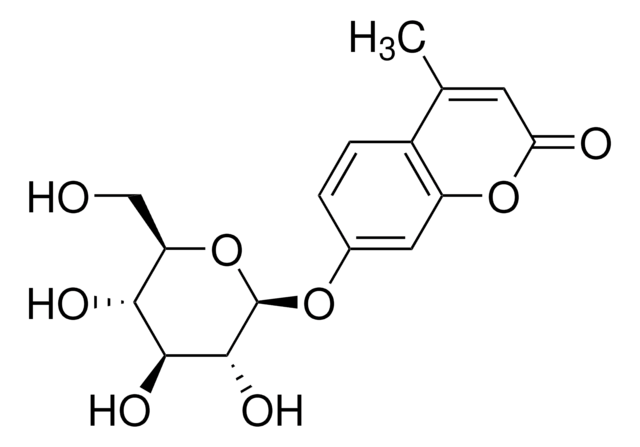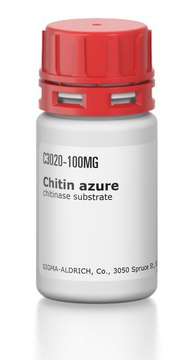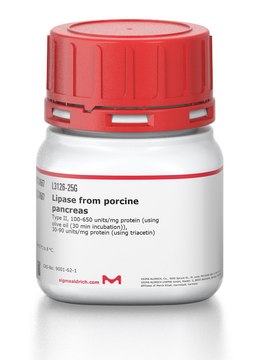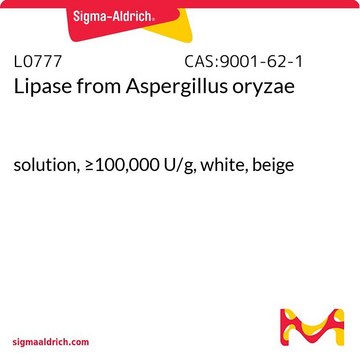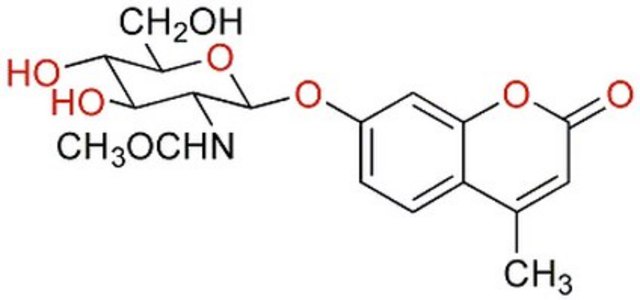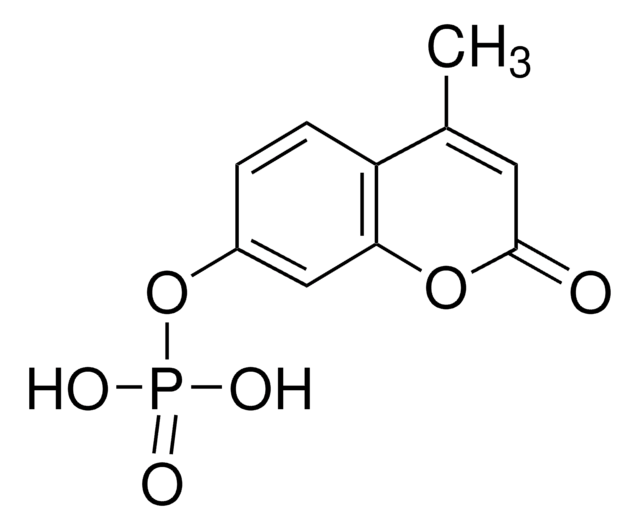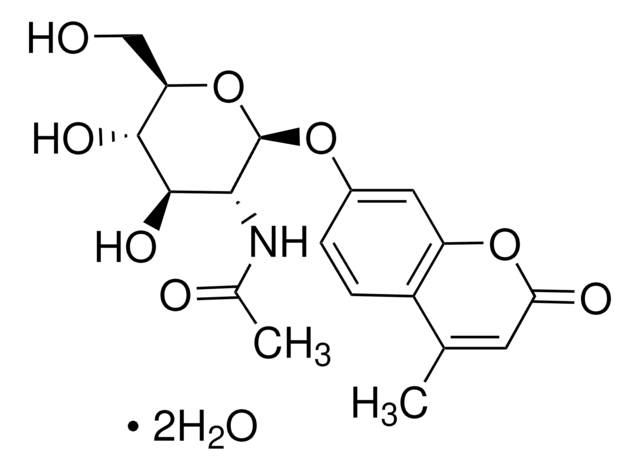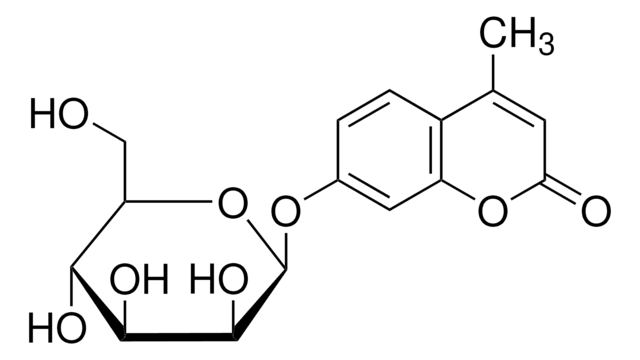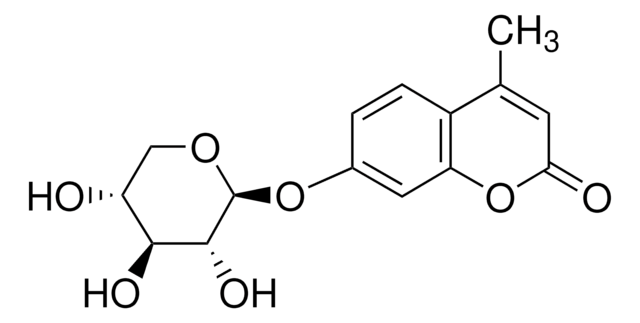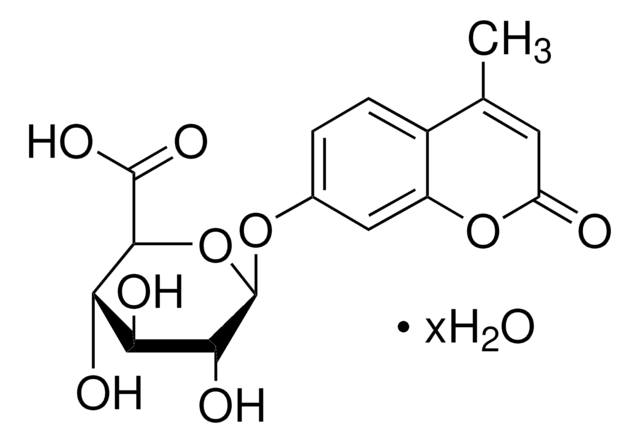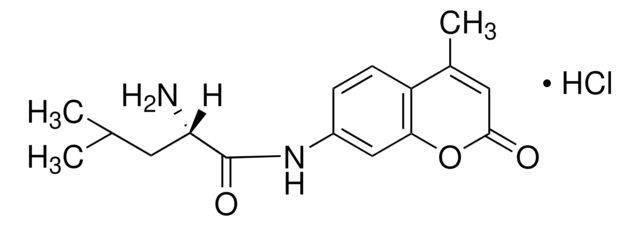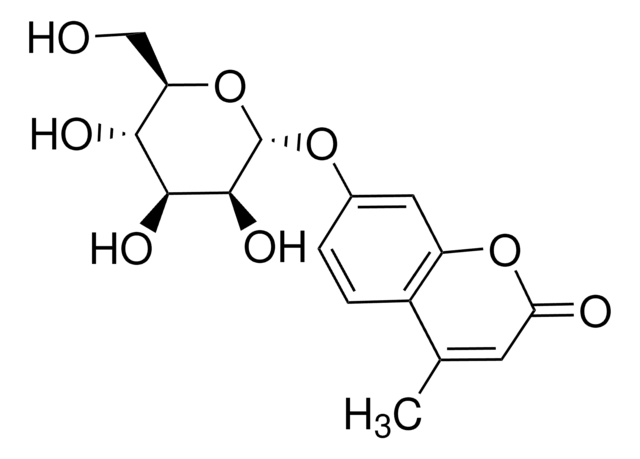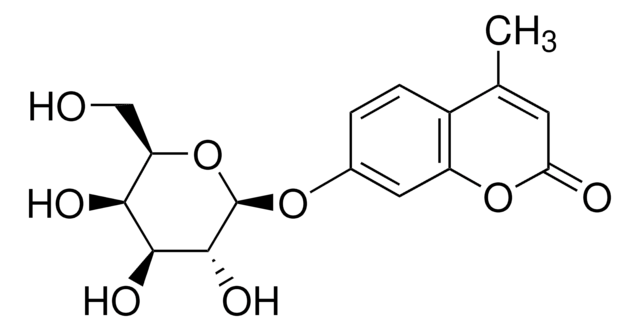SMB00387
Prothionamide
≥99% (HPLC)
Synonym(s):
Prothionamide, 2-propyl-4-pyridinecarbothioamide, 2-propylisonicotinylthioamide, 2-propylthioisonicotinamide, 2-Propyl-4-pyridinecarbothioamide, 2-Propylisonicotinylthioamide
Select a Size
Select a Size
About This Item
Recommended Products
Quality Level
Assay
≥99% (HPLC)
form
powder
color
yellow
antibiotic activity spectrum
mycobacteria
Mode of action
enzyme | interferes
storage temp.
−20°C
SMILES string
NC(C1=CC(CCC)=NC=C1)=S
InChI
1S/C9H12N2S/c1-2-3-8-6-7(9(10)12)4-5-11-8/h4-6H,2-3H2,1H3,(H2,10,12)
InChI key
VRDIULHPQTYCLN-UHFFFAOYSA-N
Related Categories
1 of 4
This Item | M9659 | M2133 | M0905 |
|---|---|---|---|
| assay ≥99.0% (TLC) | assay ≥98% (HPLC) | assay ≥98% (TLC) | assay ≥98% (TLC) |
| suitability suitable for fluorescence | suitability - | suitability - | suitability - |
| solubility DMF: 20 mg/mL, clear, colorless | solubility pyridine: 50 mg/mL, clear, colorless to faintly yellow | solubility DMF: 20 mg/mL, clear, colorless to faintly yellow | solubility pyridine: 10 mg/mL, clear, colorless to faintly yellow |
| Quality Level 100 | Quality Level 200 | Quality Level 200 | Quality Level 300 |
| form powder | form powder | form powder | form powder |
| storage temp. −20°C | storage temp. −20°C | storage temp. −20°C | storage temp. −20°C |
General description
Biochem/physiol Actions
Storage and Stability
Other Notes
Choose from one of the most recent versions:
Already Own This Product?
Find documentation for the products that you have recently purchased in the Document Library.
Customers Also Viewed
Our team of scientists has experience in all areas of research including Life Science, Material Science, Chemical Synthesis, Chromatography, Analytical and many others.
Contact Technical Service